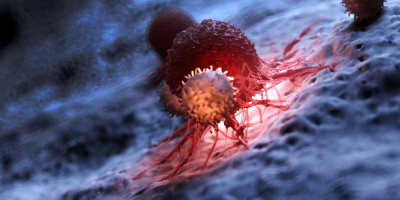
A new case report was published in Volume 12 of Oncoscience, titled “Navigating diagnostic complexity: A case report on uterine lipoleiomyoma, unveiling its benign nature amidst characteristics resembling liposarcoma.”
In this report, Seetu Palo, first corresponding author Mishu Mangla and colleagues from the All India Institute of Medical Sciences describe a rare case where a benign uterine tumour closely resembles a malignant tumour in an elderly patient.
Their findings emphasise the importance of careful diagnosis in post-menopausal women with fibroid-like symptoms to avoid unnecessary aggressive treatments.
Lipoleiomyomas are uncommon benign tumours in the uterus made up of smooth muscle and fat cells.
One such tumour was identified in a 75-year-old woman, 25 years post-menopause, who presented with persistent lower abdominal pain.
Imaging revealed two fibroid-like masses, and surgery confirmed features of lipoleiomyoma.
Detailed microscopic analysis established the benign nature of the tumours despite their initial resemblance to malignant liposarcoma.
Accounting for only 0.03–2.1% of all uterine fibroids, these rare tumours usually appear in post-menopausal women.
The patient in this report also had diabetes and hypertension, supporting the theory that metabolic changes after menopause may contribute to their development.
The authors also point to the fact that light microscopy remains the gold standard for distinguishing lipoleiomyomas from malignant counterparts.
Imaging techniques such as MRI may not detect fat components in smaller lesions, which can complicate diagnosis and increase the risk of misinterpretation.
By documenting this unusual case, the team aims to raise awareness among healthcare professionals about this rare condition.
Greater vigilance in histopathological evaluation can prevent misdiagnosis and reduce the likelihood of unnecessary interventions.
This case report also adds knowledge to the limited literature on lipoleiomyomas and recommends a careful assessment when such tumours are suspected in elderly patients.
Source: Impact Journals LLC
The World Cancer Declaration recognises that to make major reductions in premature deaths, innovative education and training opportunities for healthcare workers in all disciplines of cancer control need to improve significantly.
ecancer plays a critical part in improving access to education for medical professionals.
Every day we help doctors, nurses, patients and their advocates to further their knowledge and improve the quality of care. Please make a donation to support our ongoing work.
Thank you for your support.